The Museum in the City of Worcester is one of the oldest in the British Isles, tracing its history back to 1833.
On the 8th April in that year a local physician, Dr Charles Hastings (later to become Sir Charles Hastings, founder of the British Medical Association) chaired an inaugural meeting of Worcester’s Natural History Society at the City’s Guildhall. Hastings’ enthusiasm led to his playing a prominent part in the establishment of the Society’s museum.
Premises in Angel Street, recently vacated by the library, were secured and a natural history museum was established. Objects came flooding in and opening hours between 11.00—5.00 on Mondays, Wednesdays and Saturdays allowed the public to see the collection. The original admission charge was one shilling.
By 1835 the collection had become too large for the building holding it and so the sum of £6,000 was raised to provide the city’s first purpose–built museum in Foregate Street, pictured here in this engraving in Worcester’s collection, on the site of the present Odeon Cinema. It was officially opened by Charles Hastings on the 15th September, 1837 and became known as The Museum of the Worcestershire Natural History Society.
The Museum flourished during the 1840s and 1850s when it reached the height of its popularity and fame. Famous visitors included John Gould, Charles Leyll and Roderick Murchison but by the 1860s many of its founders members had died, including Sir Charles Hastings. Interest waned and funding difficulties arose causing the collection to suffer.
Help was at hand when after much debate, Worcester City Council decided to adopt the Public Libraries Act of in 1879. The Council’s Libraries Committee offered to purchase the museum building and its contents at a cost of £2,820 (which included donations of £500 for each from local benefactors Thomas Rowley Hill, J D Perrins and Charles Wheeley Lea).
A condition of sale was that George Reece was to be retained as Curator and that the new institution was to be called The Worcester Public Library and Hastings Museum. These conditions were fulfilled and the building was reopened in its new guise on the 16th of March 1881.
The Hasting Museum & Public Library remained there until the mid-1890s when it was transferred to its new and current home in the Victoria Institute.
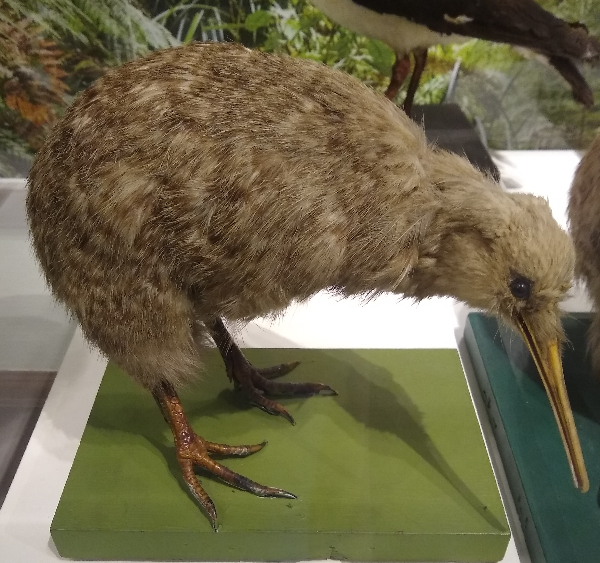

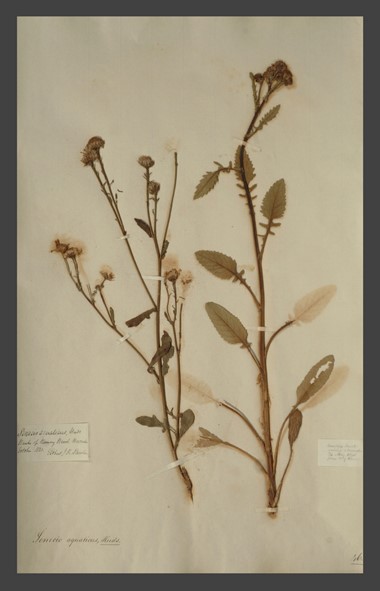
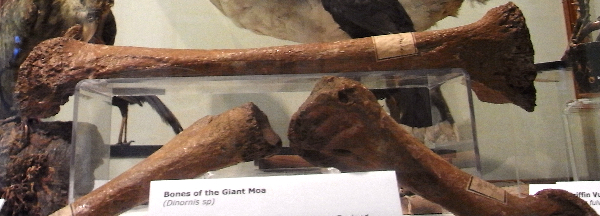
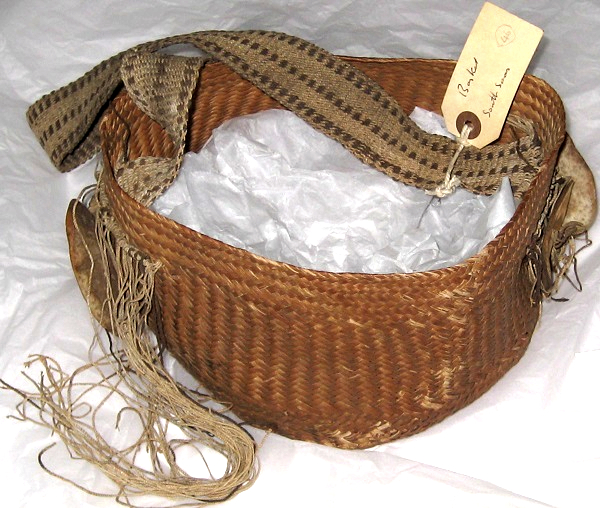
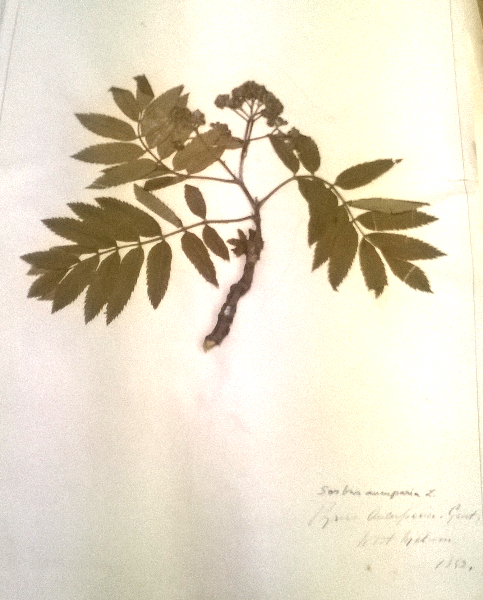
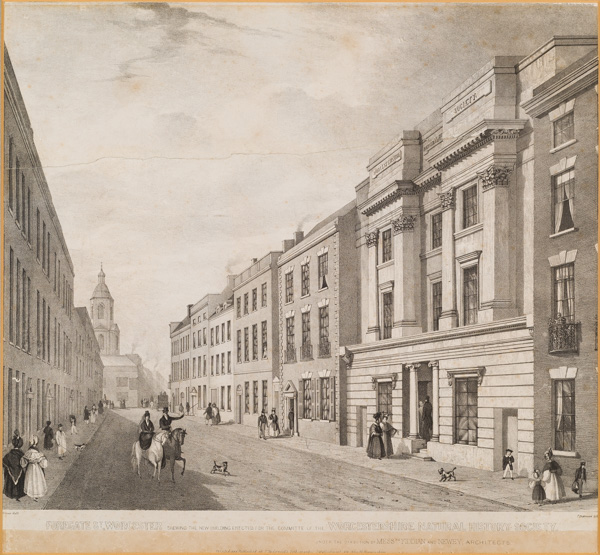
 Museums Worcestershire’s origins lie with the Worcestershire Natural History Society who set up Worcester’s first Museum. On 8 April 1833 Worcester City Museum was officially opened, the 6th oldest museum in Britain. One of the founding members of the Society, Charles Hastings (also the founder of the British Medical Association), wrote of the importance of studying the natural world around us to enjoy “the great delights that man experiences in contemplating the works of his Maker.”
Museums Worcestershire’s origins lie with the Worcestershire Natural History Society who set up Worcester’s first Museum. On 8 April 1833 Worcester City Museum was officially opened, the 6th oldest museum in Britain. One of the founding members of the Society, Charles Hastings (also the founder of the British Medical Association), wrote of the importance of studying the natural world around us to enjoy “the great delights that man experiences in contemplating the works of his Maker.”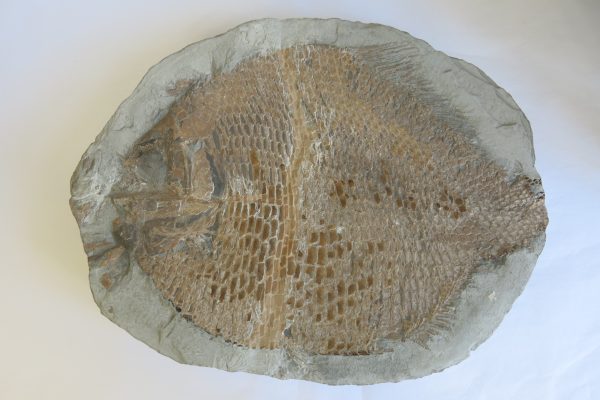 Geological specimens have formed a prominent part of the collections since Worcester’s museum was founded by the Worcestershire Natural History Society in 1833.
Geological specimens have formed a prominent part of the collections since Worcester’s museum was founded by the Worcestershire Natural History Society in 1833.